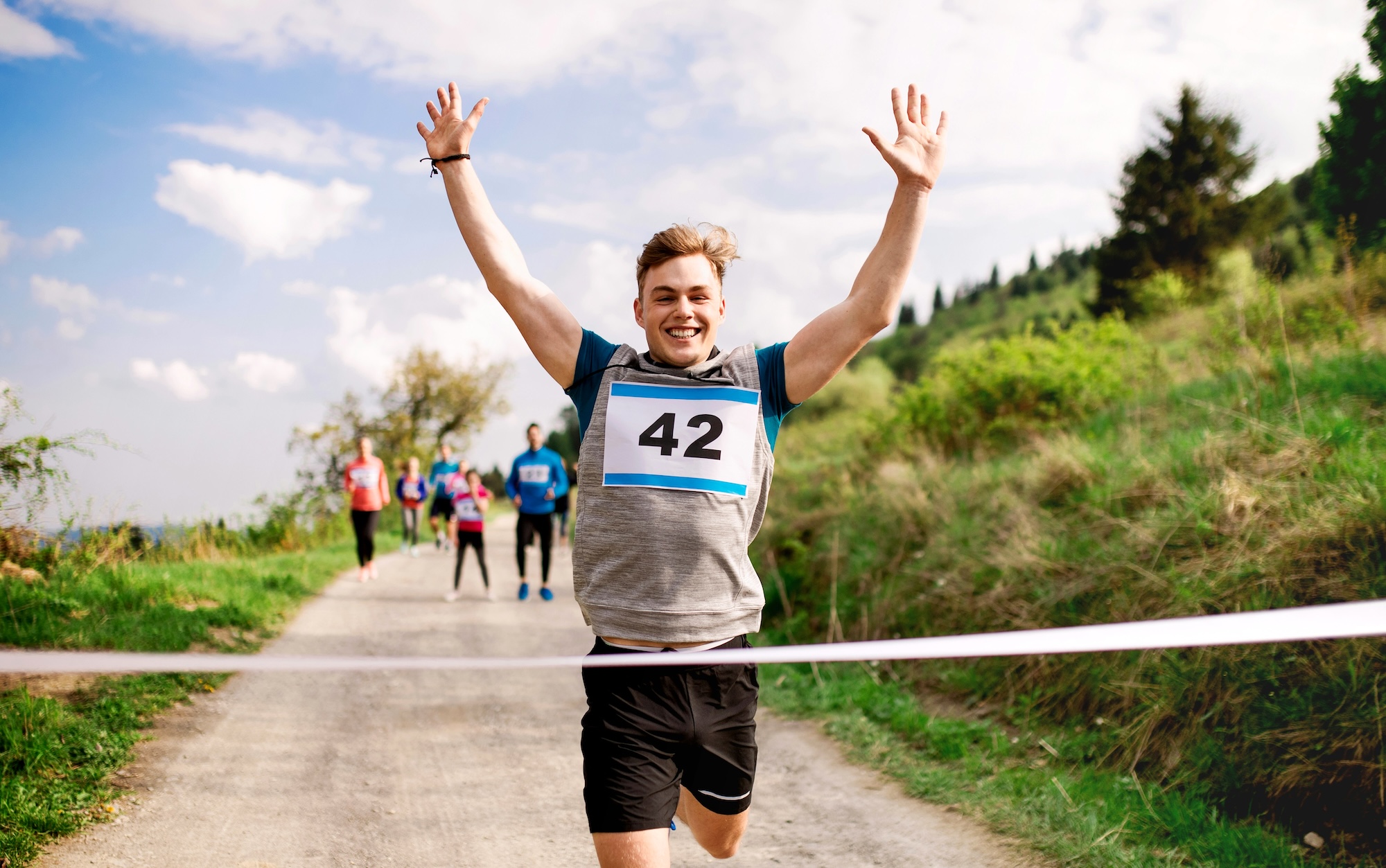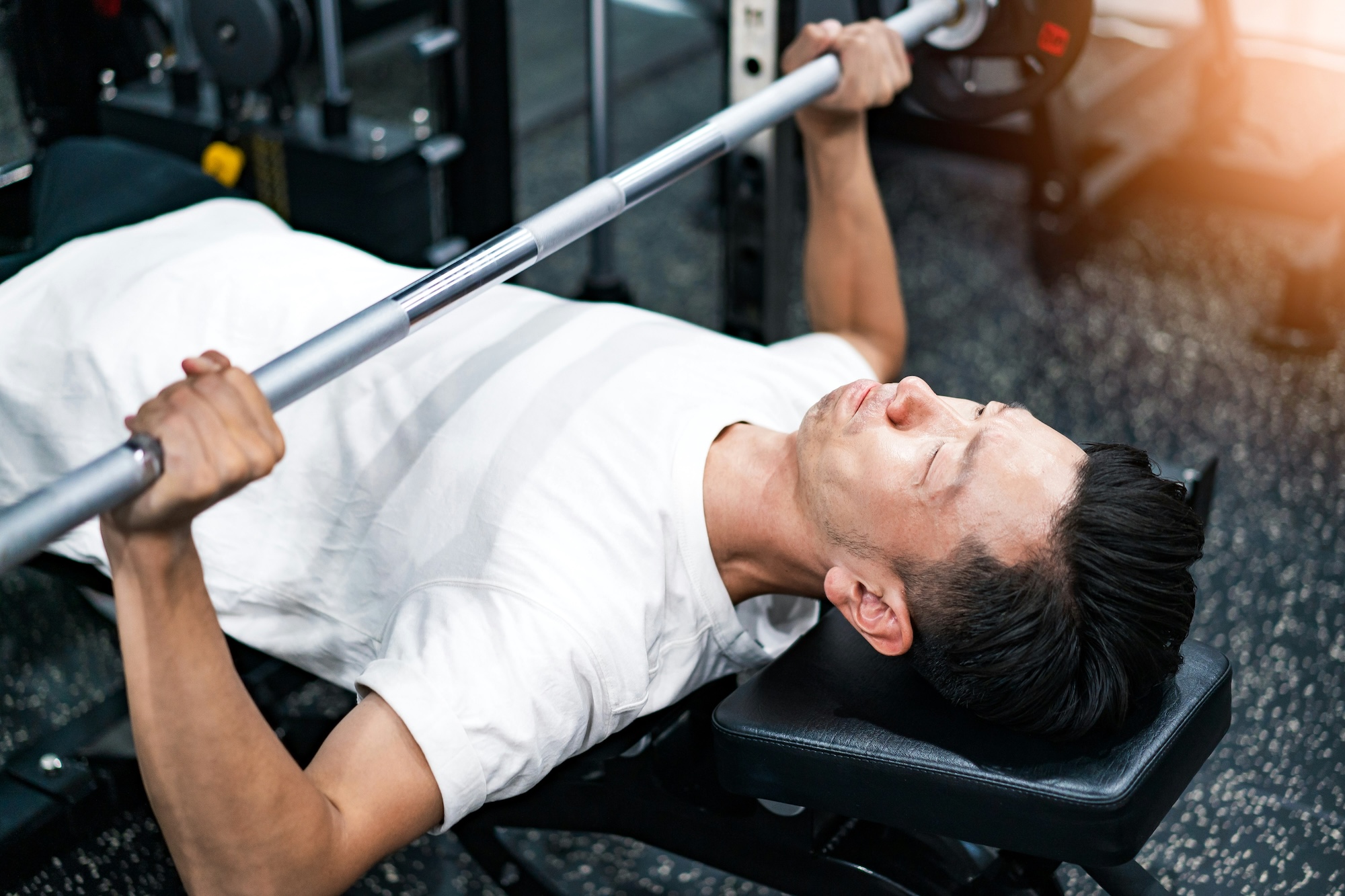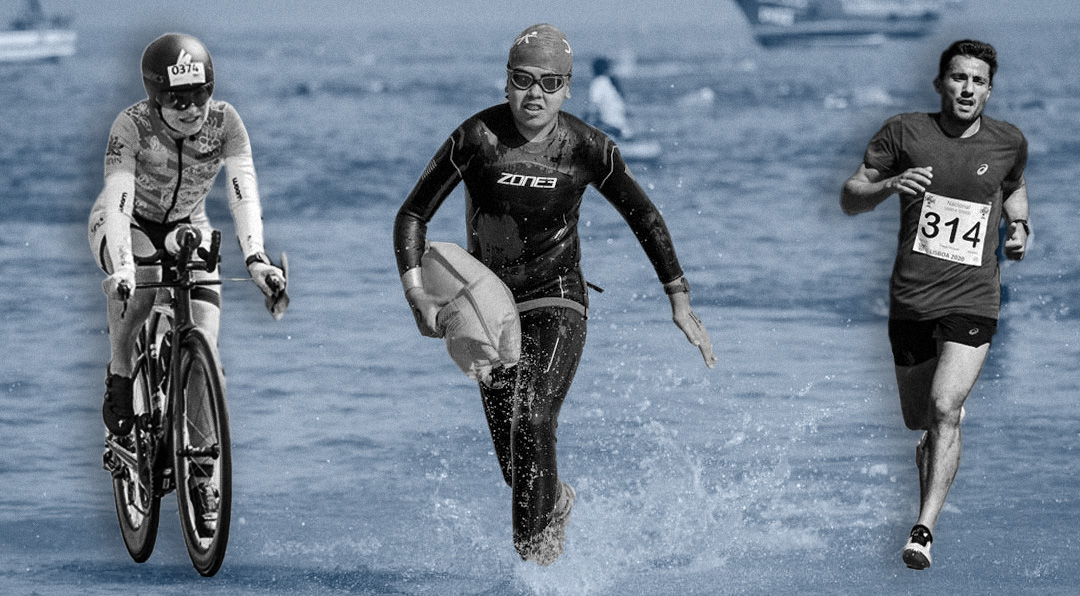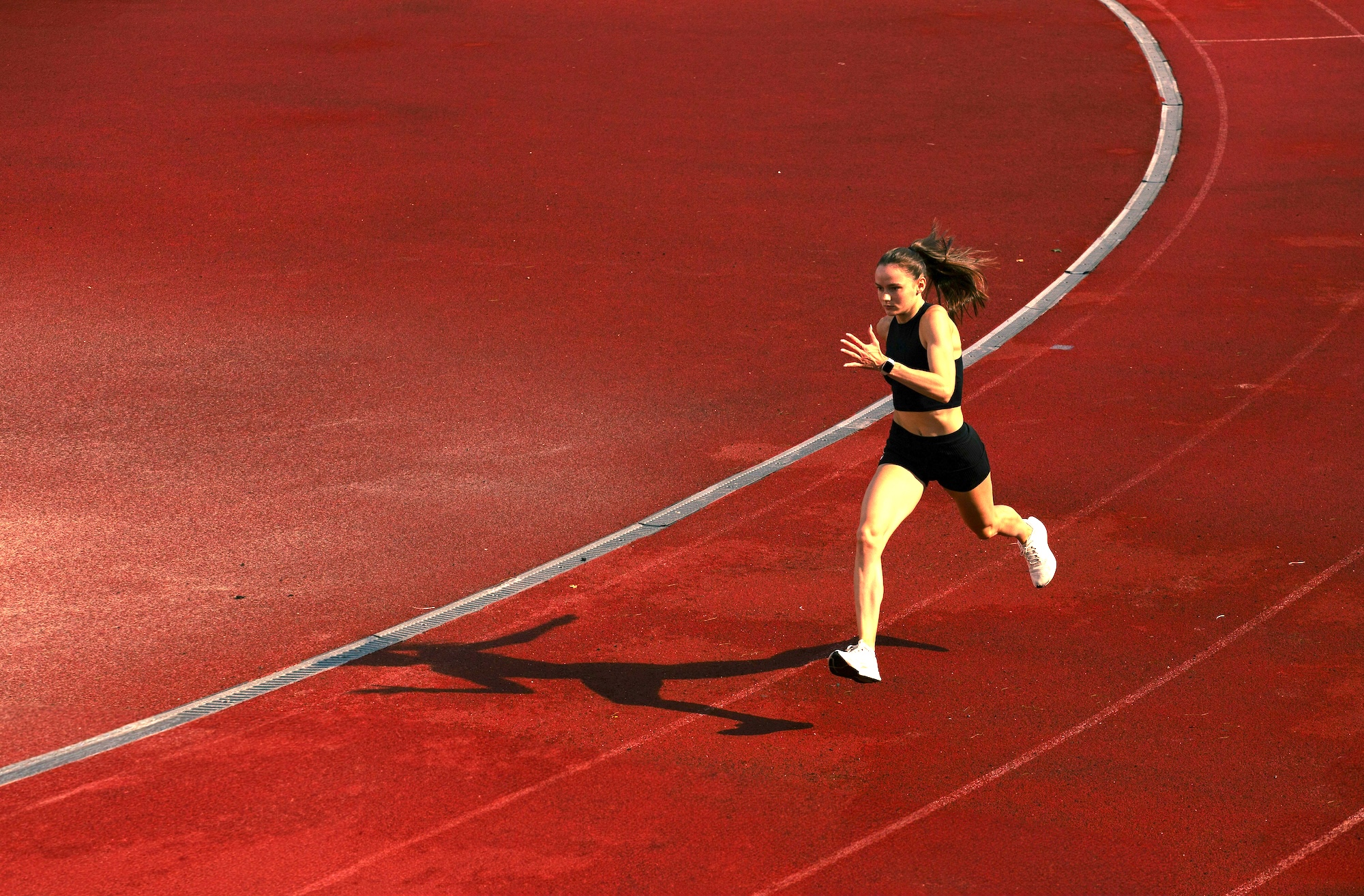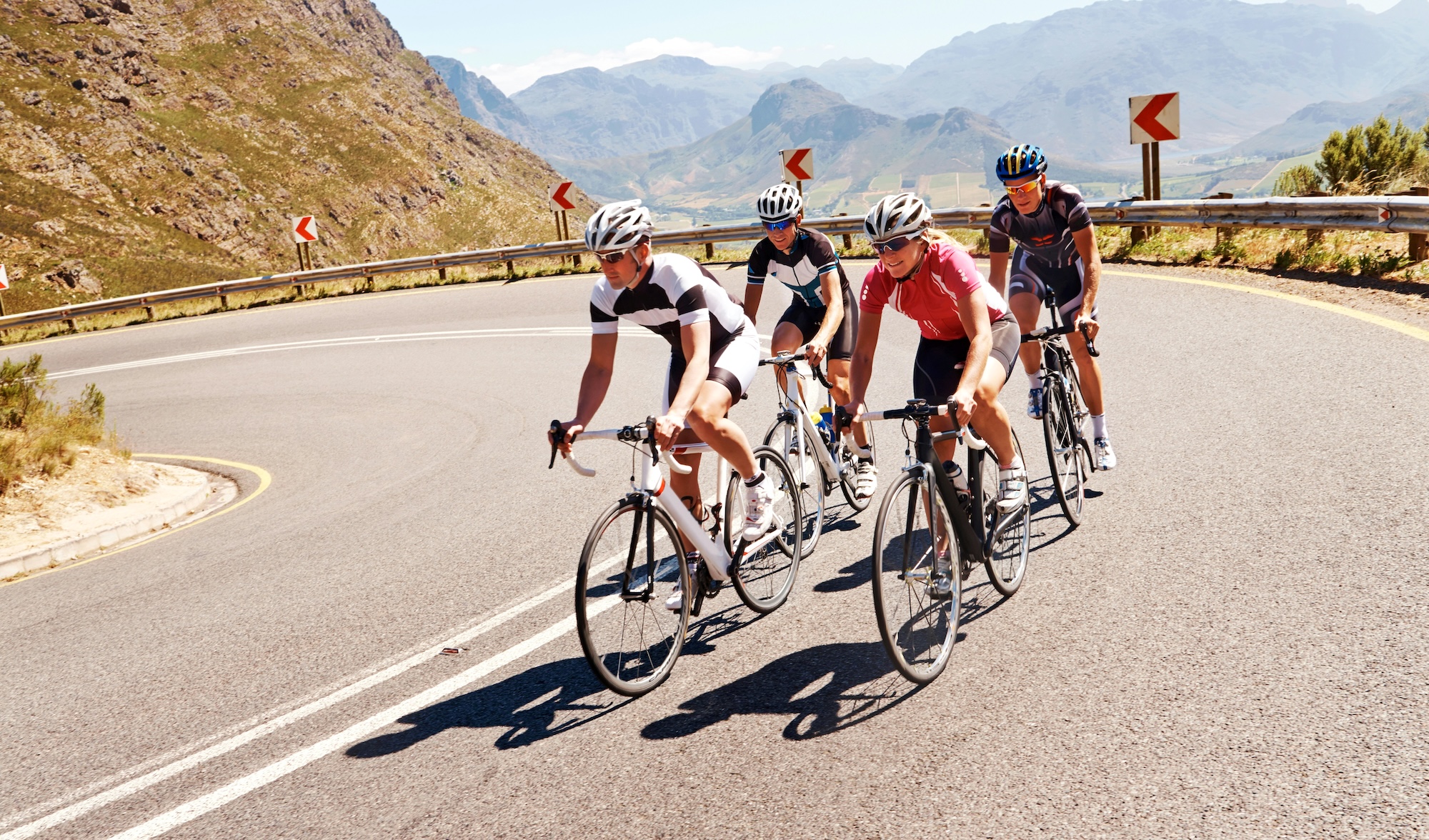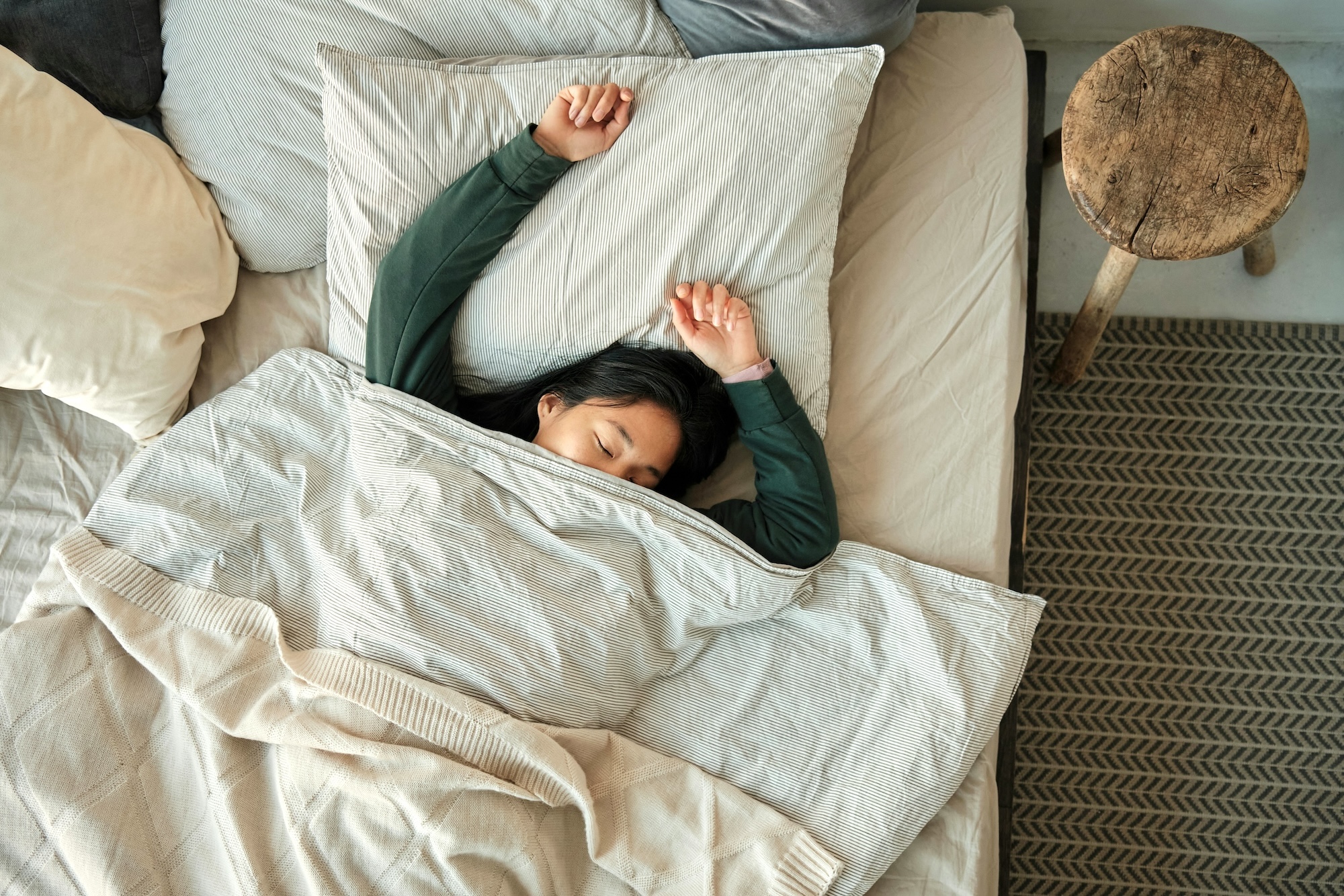Use these basic first aid skills for common maladies on the road
Photo by Andrea Piacquadio/Pexels
Erring on the side of safety is always an excellent decision. No matter how frequently we do certain activities and how much we excel in them, being prepared for unforeseen circumstances is imperative. In the case of runners, knowledge about first aid is key because it enables them to attend to injuries correctly. According to the British Red Cross, it also equips anyone with the ability to help those in need until professional medical treatment can be provided.
During races, marathons and regular runs, participants can suffer sprains, fractures, or even collapse while competing. Learning first aid boosts confidence according to first aid volunteer Andy Owen in an interview with the British Red Cross. “Even though running is a relatively low-risk activity, it’s important that people feel confident and willing to help their running buddies when faced with a first aid emergency,” he says.
“Nothing should stand in the way of someone pursuing their love of running, and the health and social benefits it brings are massive. But from time to time injuries and accidents do happen. My top tip is to learn some basic first aid… It’s definitely a life skill everyone should have.”
Bleeding
Cuts from falling and tripping are common to runners, and severe wounds will really need to be attended to right away.
First aid: Apply direct pressure to the wound to stop blood loss. According to the British Red Cross, this also helps the blood clot in the site. Maintain the pressure until professional medical help is available.
Must-do: Put pressure on the wound with any piece of clean clothing available such as a towel or even sweatbands. Press firmly over the wound to halt the bleeding.
Sprains and strains
First aid experts warn that if you or someone you are running with experiences pain, swelling or bruising around a joint or muscle, it is more likely to be a sprain or strain.
First aid: Let the person rest and avoid putting additional pressure on the affected area.
Must-do: Place an ice pack over the injured area. If you are on the road, be creative by using a bottle of cold water or canned drink. You may even place ice inside a water container. Observe the affected area and seek medical help if no improvement is seen.
Cramps
According to The Guardian, cramps occur during strenuous runs as a result of a build-up of chemical waste products in the muscles, usually caused by excessive loss of salts and fluid.
First aid: Stretch the affected area to help relax the muscle.
Must-do: Have someone help you flex the affected area to disperse the waste products from the muscles faster. Flex your foot upwards towards your shin to stretch the calf muscle out, the news outlet instructs. And rub the affected area on the back of your calf.
Dehydration
Feeling light-headed, experiencing headaches or dizziness, or having low energy levels can be a signal that you are dehydrated. Other signs while on a run can include rapid heartbeat or breathing.
First aid: Drink fluids, especially isotonic drinks that have the same similar water, sugar, and mineral content as the human body. Aside from sports drinks, light coffee and slightly sweetened tea can also help, says writer Martin Day.
Must-do: Hydrate before you go out for a run. And have your serving of fruits and vegetables as well, says the Mayo Clinic. If you do not, you risk developing more serious conditions such as urinary and kidney problems, seizures, and heat injury.
Blisters
The Mayo Clinic says blisters can be prevented by wearing moisture-wicking socks and shoes that fit well. Applying talcum powder inside your socks and attaching moleskin inside your shoes in areas where it may rub will also help.
First aid: “If a blister isn’t too painful, try to keep it intact,” says the clinic. Doing this allows the unbroken skin to act like a natural barrier to bacteria and decreases the risk of infection.
If you must: If you want to drain the fluid (and still leave the overlying skin intact), wash your hands and the blister with soap and warm water. Apply iodine to the wound and with a sterilized sharp needle, puncture the blister near its edges. Let the fluid drain, then apply ointment like petroleum jelly after. Cover it with a gauze bandage and check the area daily. If it looks affected or shows no signs of improvement, especially if you are diabetic, get professional help for treatment.












